|
HOME: www.hiltonpond.org |
|||
THIS WEEK at HILTON POND Subscribe for free to our award-winning nature newsletter (Back to Preceding Week; on to Next Week) |
|
CREATURES OF THE NIGHT: Coyotes howling, Great Horned Owls hooting, Northern Cricket Frogs clicking, increasingly rare Whip-Poor-Wills singing repetitively--all these are sounds we have heard in darkness around Hilton Pond Center,
All text, maps, charts & photos © Hilton Pond Center It didn't take long to document our three most frequent nocturnal visitors at Hilton Pond Center, and these were quite different in size: Eastern Cottontails, Raccoons, and White-tailed Deer (above). Almost every night for the past year we've gotten at least one image of each of these species on the trail cam; many nights there were dozens of photos as these warm-blooded animals lingered, triggering the infrared-sensitive shutter multiple times. Because the camera's flash is also infrared it neither spooks nor blinds our unwitting subjects but means all photos are black-and-white--except on those few occasions when the camera inexplicably stayed on during early morning daylight hours.
All text, maps, charts & photos © Hilton Pond Center We suspect there are also lots of mice, voles, and other small mammals running about, but they aren't quite big enough to fire the shutter. Most nights that leaves deer, coons, and rabbits to hog the stage. Although exposures usually reveal just one kind of animal at a time, it was obvious deer and Raccoons (above) and deer and cottontails (below) at least tolerate each other while feeding at night. In more than a year, however, we never got a shot of Raccoons and rabbits together; we suspect an omnivorous coon wouldn't pass up a chance to take a Eastern Cottontail that lowered its guard.
All text, maps, charts & photos © Hilton Pond Center Interestingly, the trail cam has never captured more than two deer or two raccoons or two cottontails at one time, and to date we've not seen a white-tail with antlers. Bucks must be out there somewhere; perhaps they are too wary to come close to the farmhouse.
All text, maps, charts & photos © Hilton Pond Center Most of our trail cam shots captured the entire animal in the field of view, but occasionally a night critter gets a little curious--as with the deer above that came within inches and revealed its long lower and upper eyelashes.
All text, maps, charts & photos © Hilton Pond Center So far only one Raccoon (above) has wandered close to the camera for a mug shot, although footprints in the snow this week showed a couple of them actually came on the back deck of the farmhouse during nocturnal explorations.
All text, maps, charts & photos © Hilton Pond Center A decade ago we had so many Raccoons at Hilton Pond Center we decided to relocate some, lest they crowd out other wildlife. In just two weeks of live-trapping we caught 18 adults, all of which we transported and released--with permission, of course--on a friend's farm in the Broad River Valley 15 miles west of us. That exercise made barely a dent in the population. There are still plenty of Raccoons around, and a few take nightly advantage of water in a recirculating fountain (above).
All text, maps, charts & photos © Hilton Pond Center We've long suspected Raccoons were the culprits primarily responsible for nocturnal depletions of the Center's sunflower seeds, so we designed all sorts of ways to keep them from raiding feeders. Our latest attempt was to put TWO umbrella-like baffles on each feeder pole, but even with those in place the seed levels still dropped overnight. Not wanting to jump to conclusions, we needed direct evidence 'coons were the responsible parties; necessary proof came via the trail cam (above). The sequence reveals at least one agile and determined Raccoon learned to climb the double-baffled feeder pole and get back down safely, full belly and all. (We're not sure if the climber was tossing seeds to its less adventuresome buddy below.)
All text, maps, charts & photos © Hilton Pond Center Until recently we had only indirect evidence of another nocturnal species at Hilton Pond Center--namely Striped Skunks whose unmistakable odor pervaded the landscape as they wandered through. We finally encountered a skunk first-hand back in August 2013 when one died under the old farmhouse and we gingerly but successfully removed it without disturbing its scent gland. Then in October we finally sighted and photographed up-close--after 32 years of smelling them--a living skunk. In the three months since two more have passed in front of the trail cam, the first (above) this past December.
All text, maps, charts & photos © Hilton Pond Center Skunks are highly variable in appearance. That first one had an all-white tail with a dorsum to match; the second (just above) was nearly all-black, with just a little pale pelage on its crown. If you're primarily a nocturnal creature, black and white are probably a good color combination; it's not like you need to be bright red or yellow to attract a mate--especially when odor does the trick.
All text, maps, charts & photos © Hilton Pond Center And speaking of black and white, we were disappointed to learn via the trail cam that feral cats are in the neighborhood. One (above) followed exactly the same path as an Eastern Cottontail depicted in several preceding images, possibly stalking the bunny. Unfortunately, a fully grown feral cat would make short work of a relatively defenseless rabbit--and just about any other small mammal, bird, reptile, or amphibian.
All text, maps, charts & photos © Hilton Pond Center A second cat--fully black--was even more alarming because its collar indicated it wasn't feral but someone's pet. Needless to say, free-roaming cats (either domestic or feral) pose a real threat to native wildlife at Hilton Pond Center and elsewhere. We're happy to report free-roaming cats appear to be in decline around the old farmhouse, possibly because tearing down the shed out back last fall left them with no place to shelter or lurk before pouncing on unsuspecting wildlife.
All text, maps, charts & photos © Hilton Pond Center The trail cam captured the sunrise image of one other domesticated animal--a wandering dog whose purple collar and tag meant it, too, was someone's pet. Free-roaming dogs pose less danger to wildlife than feral cats, but a county leash law stipulates this canine should have been secured within the confines of someone's back yard rather than wandering through the property at Hilton Pond Center.
All text, maps, charts & photos © Hilton Pond Center The trail cam did document with a single image (above) a native member of the Dog Family: A fast-moving fox. We've studied this image and wish it were in color because we've gone back and forth on whether it's a Red Fox or a Gray Fox. Both species occur in the Carolina Piedmont, and both are in decline because of expanding Coyote populations. That said, Red Foxes typically have white chests and tail tips, while Gray Foxes usually don't have feet as black as what shows in the photo. However, since the top edge of the tail seems dark in this particular animal our gut feeling is to go with Gray Fox; if we're correct, this would be a new yard species (#30) for Hilton Pond Center's mammal list. (Red Fox has been sighted here before.) We're quite certain it's NOT a Coyote, although that, too, would be a new yard species. (We've heard them howling on an adjoining farm but never seen a Coyote on the property.) We'd be pleased to hear your thoughts on the identity of our mystery canid; just send a note to INFO.
All text, maps, charts & photos © Hilton Pond Center Although some trail cam enthusiasts keep their cameras on 'round-the-clock, such a policy wouldn't work very well at the Center. Constant daylight visits to the feeders by birds and ever-present Eastern Gray Squirrels (above) would result in hundreds of pictures each day--images that would be made with much more clarity by our Canon SLR camera and telephoto lens.
All text, maps, charts & photos © Hilton Pond Center Despite its photographic shortcomings, the trail cam at Hilton Pond Center is an efficient way to survey whatever creatures of the night might be present. (Why no Virginia Opossums have appeared on camera is a mystery. We KNOW they're out there.) We're using this camera to help document otherwise "invisible" nocturnal animal species that around Hilton Pond and are just waiting for our first Coyote to show up--possibly chasing one of those long-eared Eastern Cottontails (above) that munch by night on seed spoils beneath our bird feeders. All text, maps, charts & photos © Hilton Pond Center
All contributions are tax-deductible on your |
|---|
|
"This Week at Hilton Pond" is written and photographed by Dr. Bill Hilton Jr., executive director of Hilton Pond Center for Piedmont Natural History.
|
|
|
Please refer "This Week at Hilton Pond" to others by clicking on this button: |
Comments or questions about this week's installment? Send an E-mail to INFO. (Be sure to scroll down for a tally of birds banded/recaptured during the period, plus other nature notes.) |

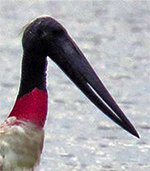
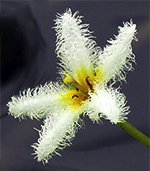
 but seldom do we actually observe animals that vocalize after sunset. Even on the brightest moonlit nights, the human eye just isn't capable of seeing much except shapes and shadows, so who knows what might be lurking there in the bush . . . watching US instead. About the only way to know who's out and about is with night goggles
but seldom do we actually observe animals that vocalize after sunset. Even on the brightest moonlit nights, the human eye just isn't capable of seeing much except shapes and shadows, so who knows what might be lurking there in the bush . . . watching US instead. About the only way to know who's out and about is with night goggles 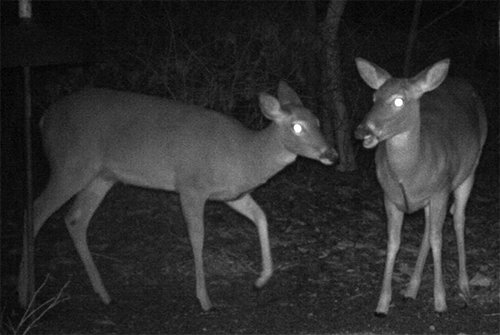
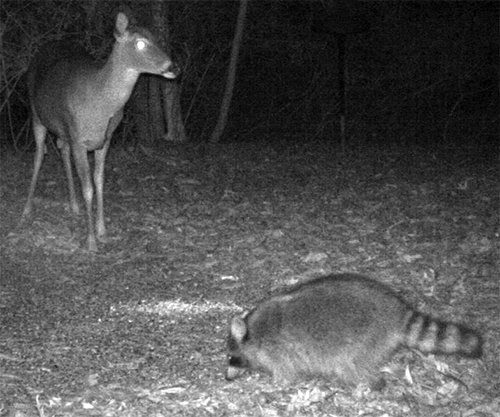
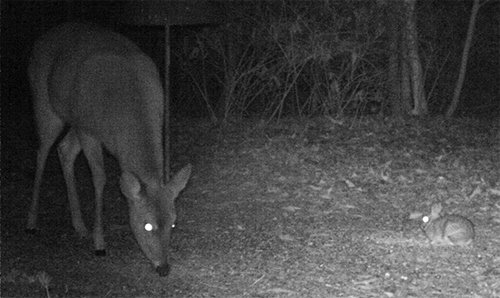
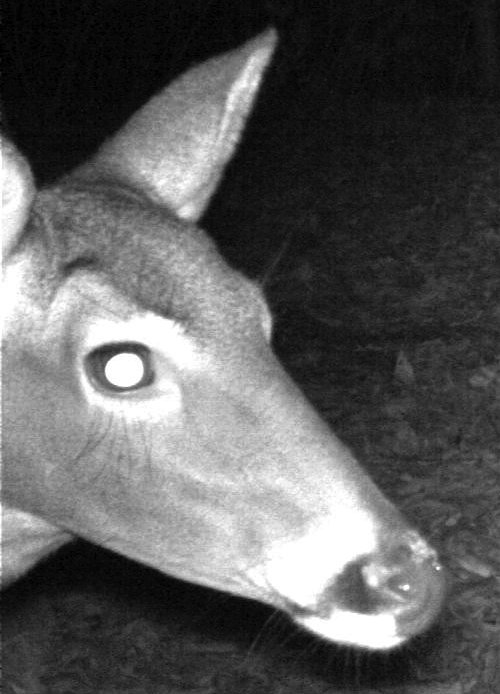
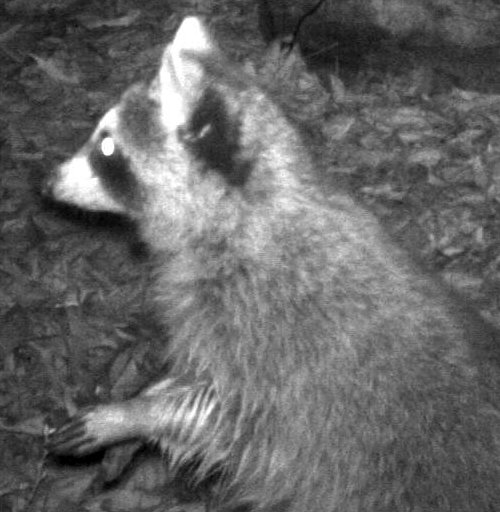
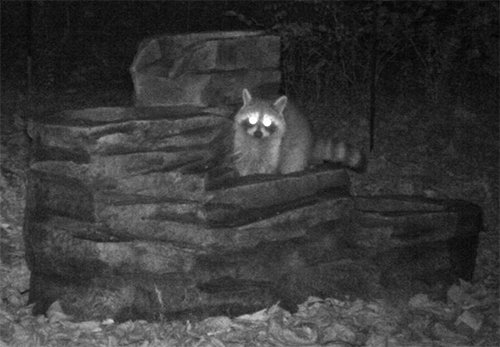
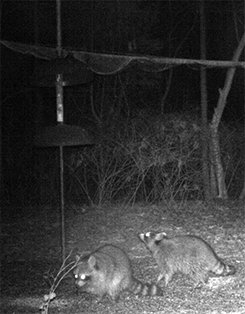
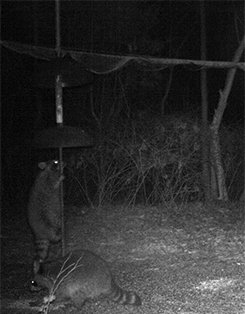
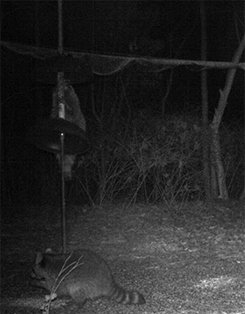
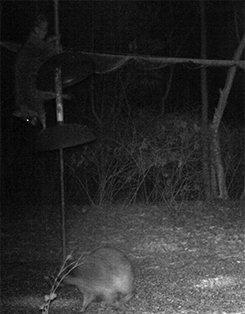
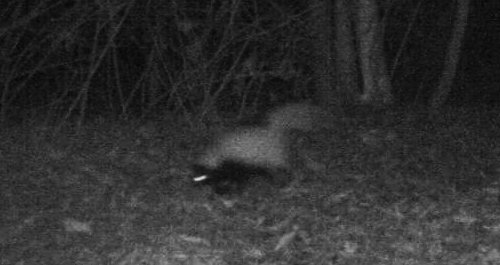
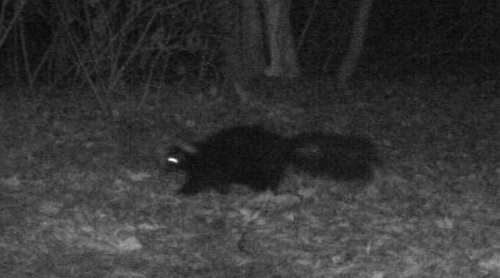
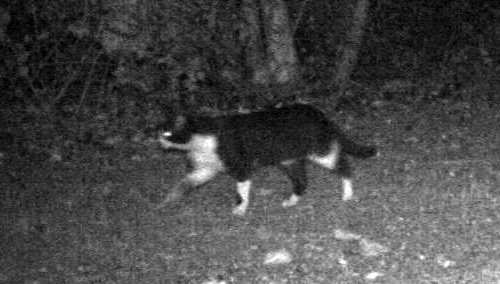
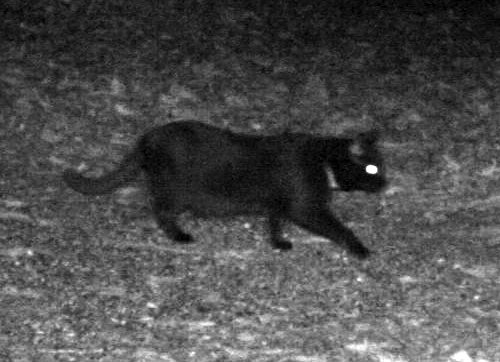
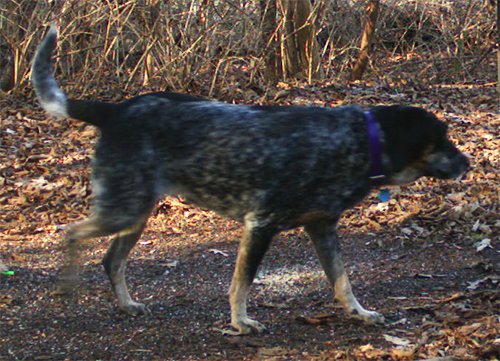
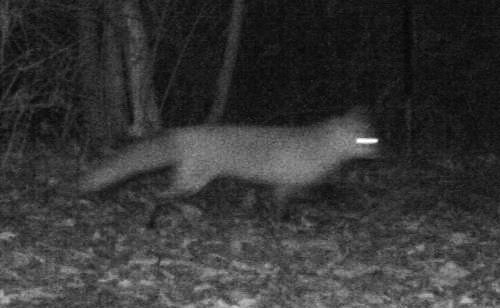
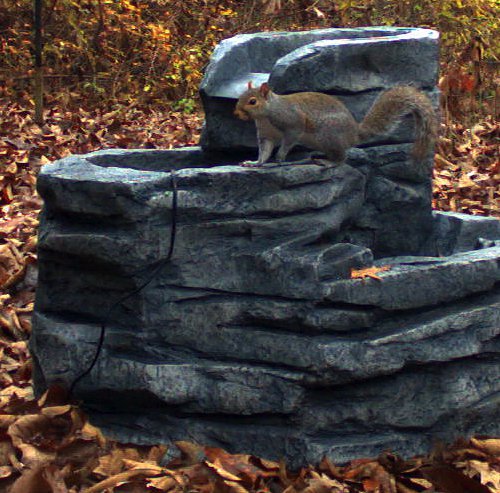
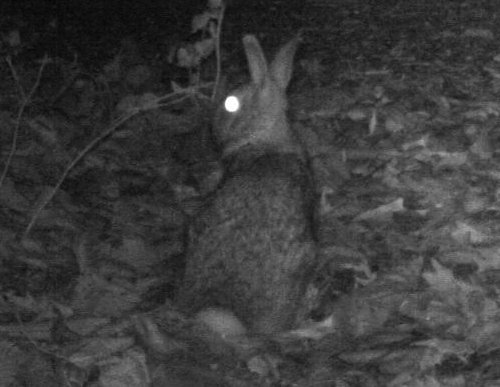








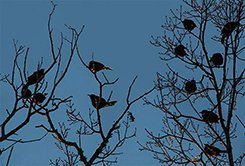
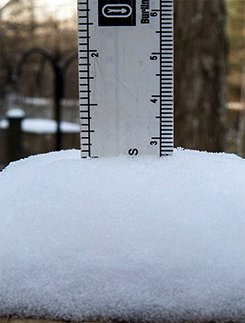
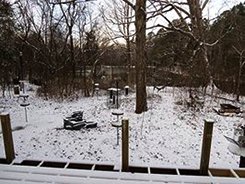
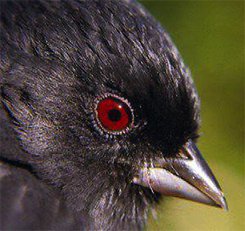
 Oct 15 to Mar 15:
Oct 15 to Mar 15: